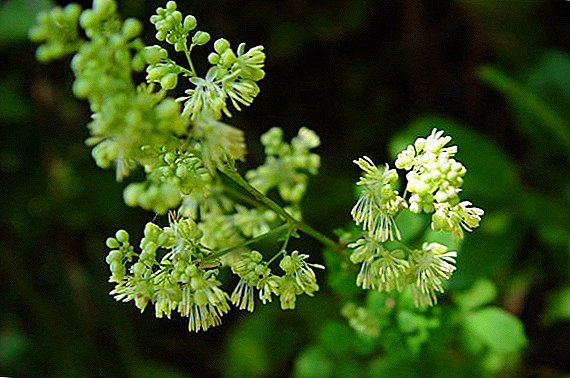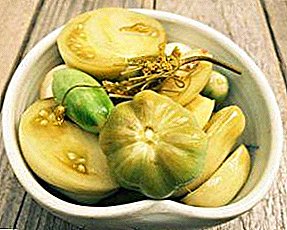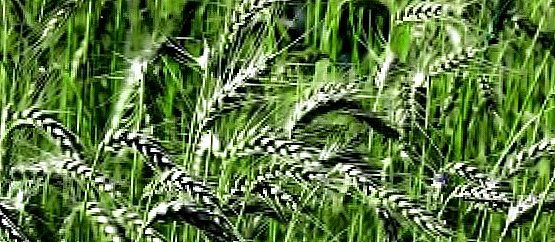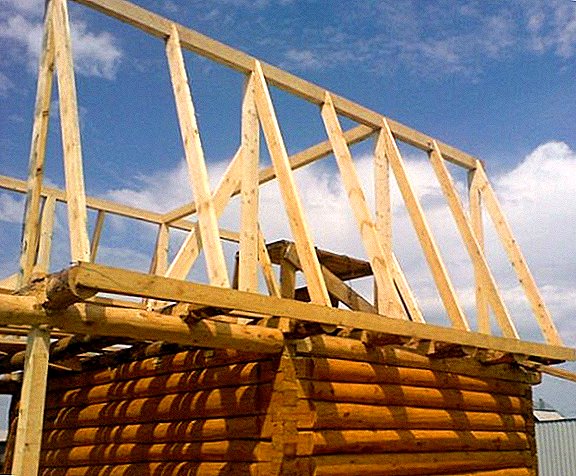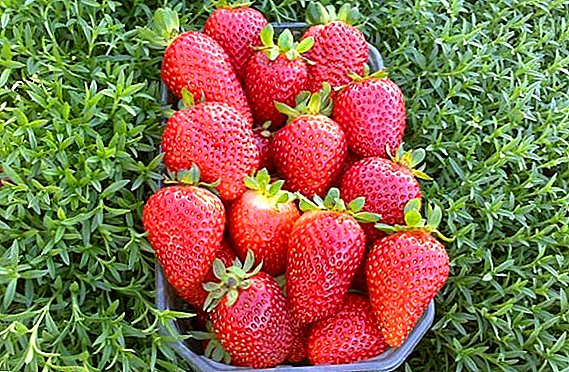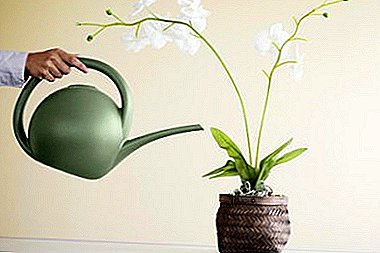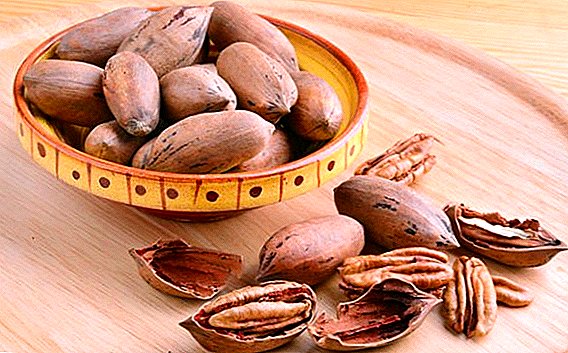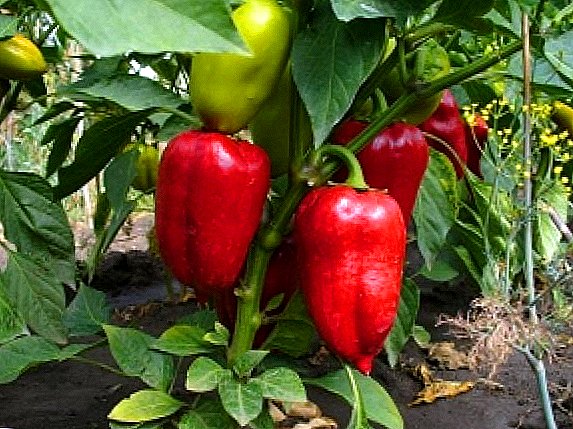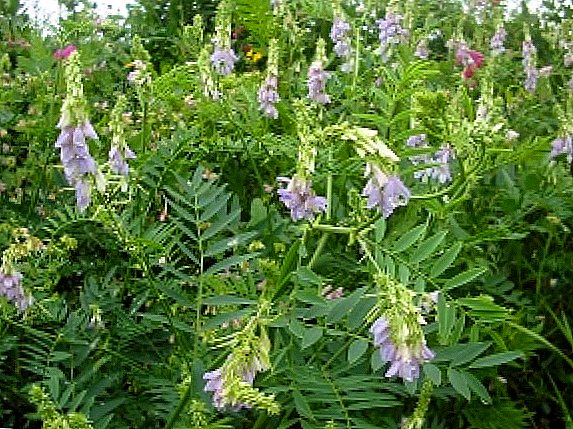 Grass goatskin (Galega) - belongs to the genus of large and perennial herbaceous plants that are part of the legume family. There are also other names for goatling, such as rutevka, goat rue, forester.
Grass goatskin (Galega) - belongs to the genus of large and perennial herbaceous plants that are part of the legume family. There are also other names for goatling, such as rutevka, goat rue, forester.
There are several types of goatling - Oriental and Medicinal. Mostly interesting is the production of oriental goats, because it serves as a good fodder crop.
Plant description
 Oriental goatfish refers to the root plants, as it has a certain type of root system. It is quite powerful and can penetrate the soil to a depth of 80 centimeters. The root system consists of a main root and a multitude of side branches with a very thick and lush network of small filamentary roots.
Oriental goatfish refers to the root plants, as it has a certain type of root system. It is quite powerful and can penetrate the soil to a depth of 80 centimeters. The root system consists of a main root and a multitude of side branches with a very thick and lush network of small filamentary roots.
The roots of the eastern milk vetch themselves are light initially, and in the second year after planting they acquire a brown color. A powerful root system is formed this way: at a depth of about 7 centimeters a certain number of offspring is formed; growth occurs horizontally, and the length of these root offsprings reaches 30 centimeters; in the spring, the following year they come to the surface of the earth, forming stalks.
In addition, up to 4 hibernating buds of renewal form each year in the ground on a certain part of the stems, which can form the stems.
 Goat Meat has and contains a huge amount of protein, carbohydrates and various ash elements. Throughout its growing season, the feed value of the plant improves and increases. After the seeds ripen, the leaves and grass stems remain green.
Goat Meat has and contains a huge amount of protein, carbohydrates and various ash elements. Throughout its growing season, the feed value of the plant improves and increases. After the seeds ripen, the leaves and grass stems remain green.
The main purpose of the eastern milk vetch is its feed performance. It is used on livestock, haylage, hay, for the preparation of various concentrates, which are artificially dried and have a large amount of protein and nutrients.
In natural and fresh form the goatling can be used as the main feed element of various farm animals. It can be an excellent haylage that is used for high-protein briquettes, pellets, grass meal and cutting.
Virtues
 Kozlyatnik gives one of the earliest feeds (previously winter rye), when clover and alfalfa only enter the next phase of intensive development and growth.
Kozlyatnik gives one of the earliest feeds (previously winter rye), when clover and alfalfa only enter the next phase of intensive development and growth.
In its arsenal, the goatling has tremendous energy to grow, as well as the ability to use grass until the end of autumn. It has a long vegetation process, and this, in turn, makes this grass indispensable in its productive agriculture.
Goat Maiden also is an excellent honey plant. A huge amount of protein is not the only nutrient positive element. Carbohydrates and ash trace elements allow you to keep a high feed value throughout the vegetative period.
In addition, goatling tolerates cold very well. is he able to survive, live and develop at a temperature of -25 degrees.
disadvantages
 In its own way, goatling does not know its equal and rightfully takes the place of the best grass, both for food and for the productivity of honey, protein, protein substances.
In its own way, goatling does not know its equal and rightfully takes the place of the best grass, both for food and for the productivity of honey, protein, protein substances.
Therefore, it has no flaws, since it can survive both in heat and cold, and its development is very fast, the roots are powerful and the quality of the product always stays on top.
Features of growing
 The goatling is a rather unpretentious plant, therefore it grows in various places. Since it is sufficiently cold-resistant, it can sprout even in the depths of Siberia and some cold regions of different countries of the world.
The goatling is a rather unpretentious plant, therefore it grows in various places. Since it is sufficiently cold-resistant, it can sprout even in the depths of Siberia and some cold regions of different countries of the world.
The best time of year for sowing the goatling will be the period of early spring, when mostly different spring crops are planted. In its sowing the goatling is not picky, which cannot be said about the conditions for the development and growth of the plant.
This, in turn, is explained by the fact that the milkmaker is a light-loving plant and requires a large amount of light for itself for an excellent yield result. In addition, it is not desirable to allow droughts on soils where the goatling grows or will grow. It is very important when the plant grows to prevent over-wetting of the soil - the moisture should be in sufficient quantity.
 Goat Meat is an excellent mixture for other plants. So, along with clover and sweet clover, you can not only get excellent yield, but also enrich the soil for subsequent sowing of other green plants on it. In this way, The goatling in admixture with other legumes can be an excellent siderat, as well as a healer of the earth, as it destroys the painful bacteria. Also the goatling can clean the soil and increase its productivity and fruitfulness.
Goat Meat is an excellent mixture for other plants. So, along with clover and sweet clover, you can not only get excellent yield, but also enrich the soil for subsequent sowing of other green plants on it. In this way, The goatling in admixture with other legumes can be an excellent siderat, as well as a healer of the earth, as it destroys the painful bacteria. Also the goatling can clean the soil and increase its productivity and fruitfulness.
Planting of the goatling should be done by middle rows (10 to 15 cm), and the sowing depth should reach 6-7 cm. Further, under good weather conditions, the goatling itself will develop and reach maximum growth, which will lead to a positive yield.


